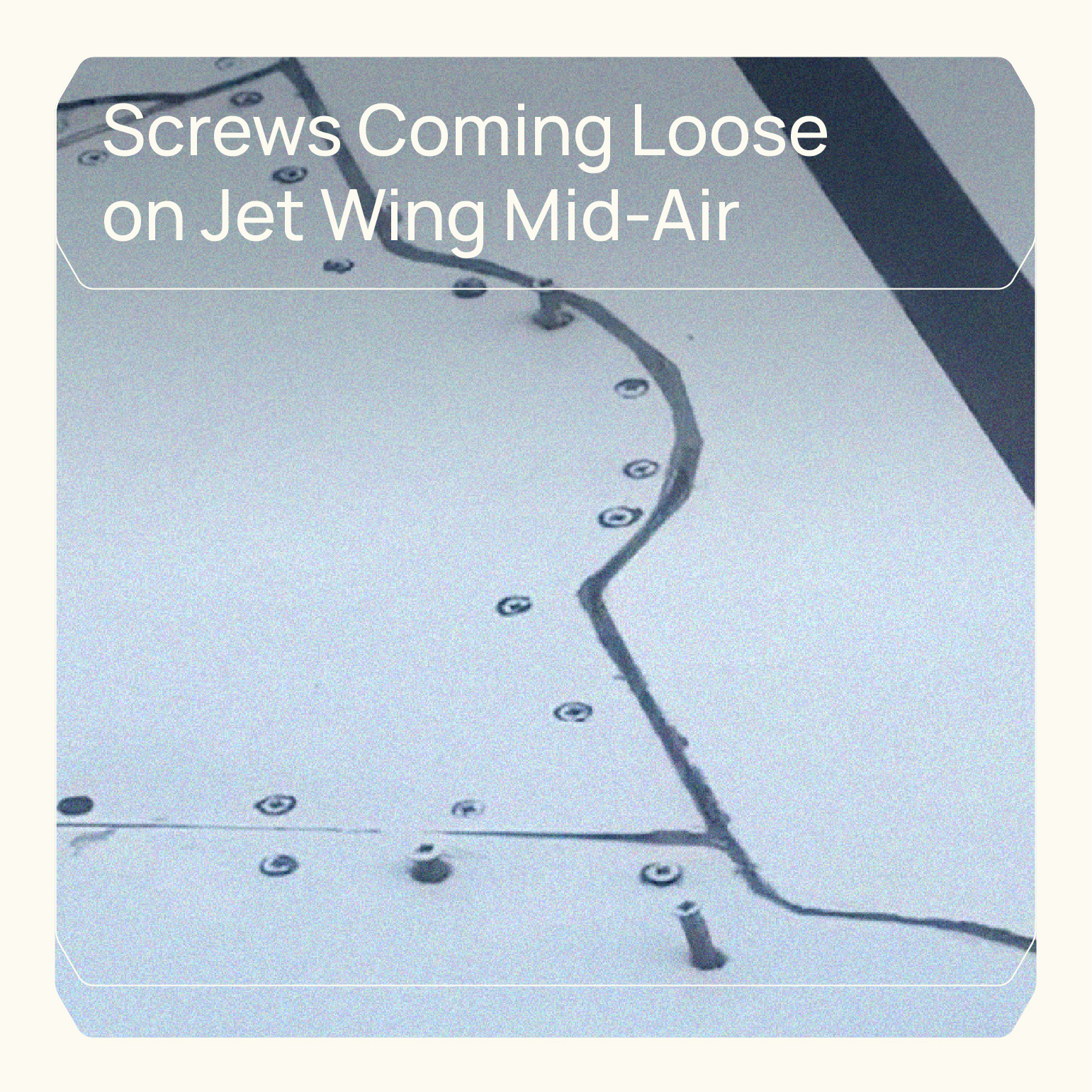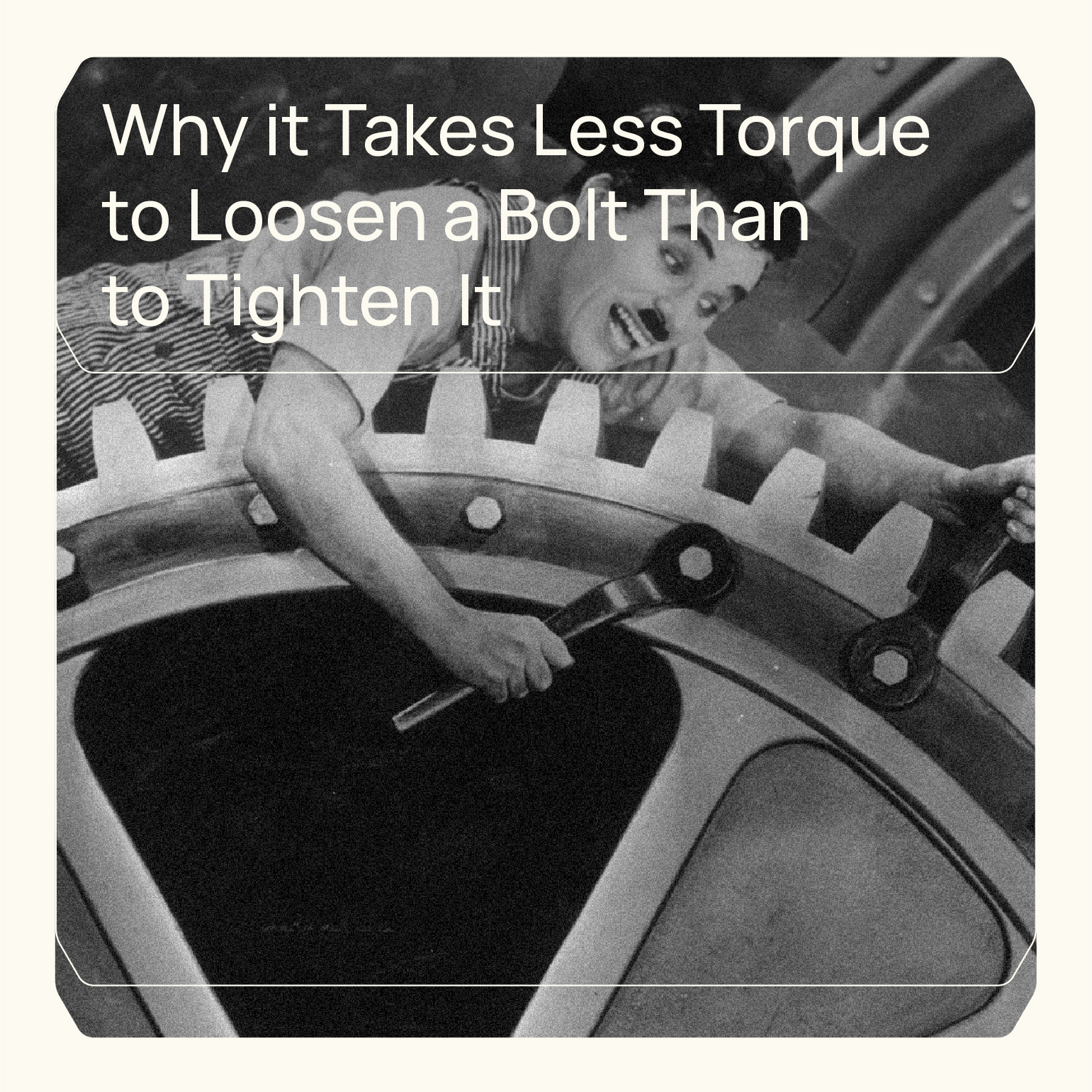Tsamouris, the Fastener Specialists©
In September 2023, thousands of Montrealers lined up in Brossard and on Nuns’ Island to receive a piece of
history — a souvenir rivet from the old Champlain Bridge. The bridge, which connected Montreal and its
suburbs for nearly 60 years, was decommissioned in 2019 and replaced by a new USD 4.4 billion (EUR 4
billion) span.
Despite the pouring rain, people eagerly waited to get their hands on one of the 4,000 rivets being given
away as keepsakes. The giveaway proved immensely popular, with some individuals lining up as early as 7
a.m. on the previous day in Brossard.
The original Champlain Bridge, opened in 1962, was the most-travelled bridge in Canada, with 50 million
trips per year. It played a significant role in the economic development of both Montreal and its surrounding
areas. However, the bridge was also plagued with problems, including a lack of drainage that led to rapid
corrosion, ultimately leading to the decision to replace it when it was less than 50 years old.
Nathalie Lessard, a spokeswoman for Jacques Cartier and Champlain Bridges Inc., the federal Crown
corporation managing the old bridge, emphasized the importance of the rivets: ”Rivets are not used to build
bridges anymore; now they use nuts and bolts,” she explained, highlighting the historical significance of
these fasteners.
The rivets were removed as part of a USD 400 million (EUR 370 million), multi-year effort to dismantle the old
bridge, which is on schedule to be completed in early 2024. The giveaway is part of the corporation’s effort to
recycle some 90% of all the bridge materials, including 25,000 tonnes of steel. Other pieces of the bridge
have been repurposed into various projects, such as a bicycle, a footbridge for a scout camp, school
furniture, and even watches.
Tsamouris is a leading supplier of high-quality bolts, committed to providing fasteners that ensure the safety
and longevity of the public infrastructure they are used in.









